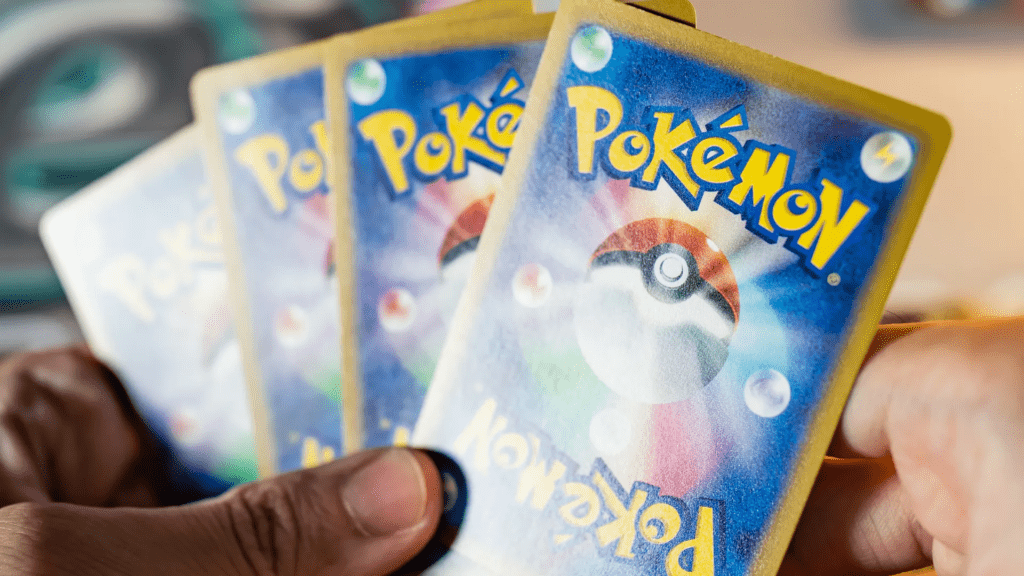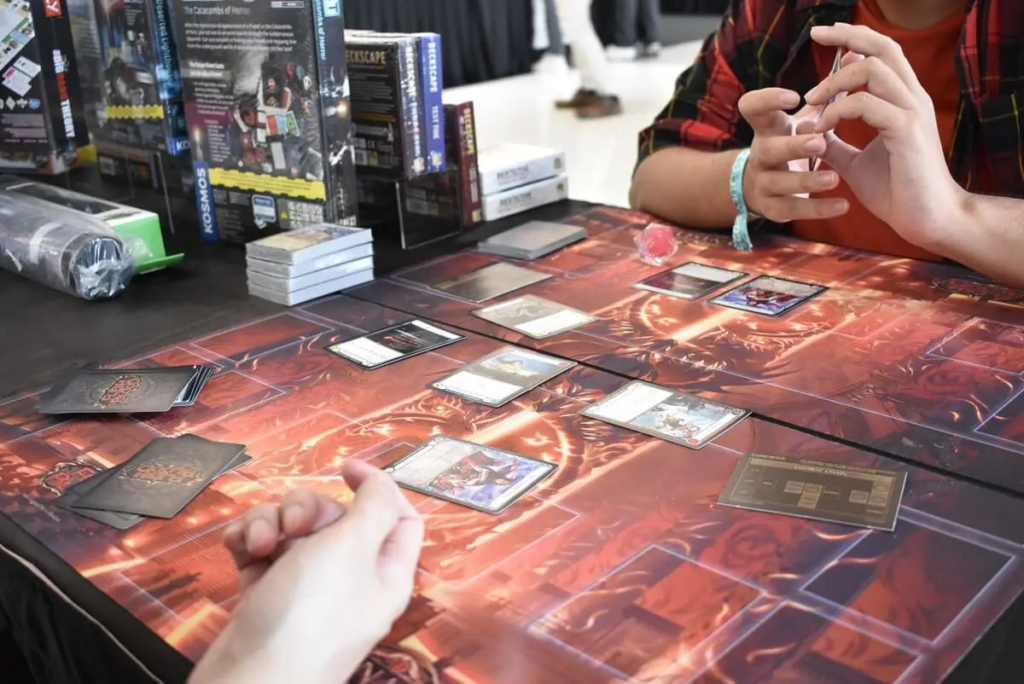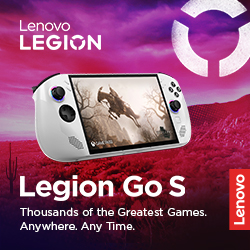his article is written by guest contributor Kyle Lantion. Kyle is an avid comic fan and loves all things comic-related. So much so that his favorite tabletop hobby is painting minis for Marvel Crisis Protocol and other miniatures. When he’s not painting, he’s probably playing in or Judging Flesh and Blood TCG Tournaments all around the city.
When it comes to trading card games, you are never short on options. Be it collecting, trading, selling, or playing, trading card games or TCGs have something for everyone. To those not in the hobby, TCGs may seem to be intrinsically similar, but it’s all just aesthetic flavor. However, card games are mostly different in terms of gameplay, mechanics, and design. In this article, we want to talk about the key differences between Western card games (ones produced by companies like Wizards of the Coast and Legendary Stories Studios) and card games developed by Asian-based companies like Konami, Bushiroad, and Bandai.
Aesthetics

While in modern times, aesthetic bleed-over is a lot more common, there are distinct styles and aesthetic choices that differentiate Western and Eastern TCGs. Western TCGs tend to feature aspects of High fantasy and classic Western-style designs in their artwork and overall darker themes in their aesthetics, oftentimes focusing on realism in the art. Eastern TCGs are more vibrant in their color choices and use anime-style artwork for their designs, often utilizing stylistic and exaggerated compositions. Another seemingly popular trend with Eastern TCGs that has only recently caught on with the West is the utilization of Full-art or borderless designs wherein the card text is printed onto the art rather than on a textbox. More often than not, if it’s an anime character on the card, then it’s an Eastern TCG. What about the Pokemon TCG, you may ask? Well, that one is a little more complicated than you’d expect. It originally came out in Japan in 1996 under Media Factory and was later released to English-speaking audiences in 1998 by Wizards of the Coast. The game was evidently far more popular in the West, and the rights were eventually sold to Wizards in 2003. The Pokemon TCG is one of the rare examples of Eastern and Western game design that culminates in a card game.
Gameplay and Mechanics

When it comes to the gameplay design of either, this is mostly where the two differ. More often than not, Asian card games focus on combos and intricate card synergies. The better the card synergy, the better the combo potential. Games like Yu-Gi-Oh and Cardfight! Vanguard displays this gameplay. That’s not to say that Western TCGs don’t have intricate combos, but TCGs in the West focus more on straightforward and balanced mechanics with different in-game options. Rather than simplistic, Western TCGs are built around direct turn-based gameplay with resource management and combat. Games like Magic: The Gathering, Flesh and Blood, and Pokemon are all about managing your resources and maintaining tempo throughout the game rather than big burst combos. With all that said, there are certain aspects of game design that are not mutually exclusive between the two. There are also certain cases wherein an Eastern TCG plays a lot like a Western one.
Storyline, Lore, and Marketing

One key difference between the two kinds of Trading Card Games is their in-game storyline and lore. While Western TCGs have cards that represent the ongoing storyline and lore (as seen in Magic: The Gathering), Eastern TCGs often draw from Anime or Manga for their storyline. What does this mean? To put it simply, Western TCGs have their lore depicted in cards (both in flavor text and in the artwork), while Eastern TCGs usually have an anime where the cards are featured (i.e., Yu-Gi-Oh and Cardfight! Vanguard).
Which Is Better?

If you’ve made it to the end of this extensive article, then congratulations! You now know the main difference between Western and Eastern Trading Card Games. As for which one is better, it really boils down to personal preference. I know there are countless arguments to be made for either one, but at the end of the day, you choose which card game fits your aesthetic tastes, gameplay, and overall taste (although most of us are sort of biased towards Flesh and Blood, give it a try!)
At this point, you know what’s coming in the related articles, don’t you?
Read More:
Flesh And Blood Is The Best Trading Card Game That You Should Try Right Now – VRSUS





